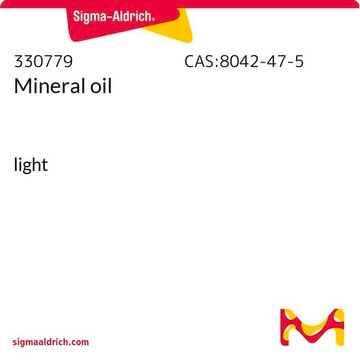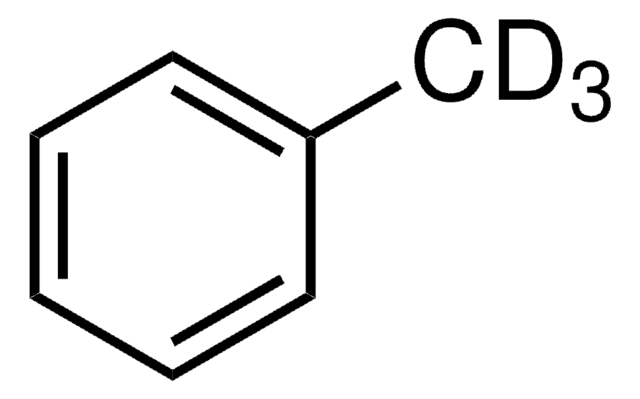437344
Ethylbenzene-d10
99 atom % D
Synonim(y):
Decadeuteroethylbenzene
About This Item
Polecane produkty
czystość izotopowa
99 atom % D
Próba
≥99.00%
Postać
liquid
metody
NMR: suitable
współczynnik refrakcji
n20/D 1.492 (lit.)
tw
134.6 °C (lit.)
mp
-95 °C (lit.)
gęstość
0.949 g/mL at 25 °C (lit.)
przesunięcie masy
M+10
ciąg SMILES
[2H]c1c([2H])c([2H])c(c([2H])c1[2H])C([2H])([2H])C([2H])([2H])[2H]
InChI
1S/C8H10/c1-2-8-6-4-3-5-7-8/h3-7H,2H2,1H3/i1D3,2D2,3D,4D,5D,6D,7D
Klucz InChI
YNQLUTRBYVCPMQ-CFTAVCBPSA-N
Szukasz podobnych produktów? Odwiedź Przewodnik dotyczący porównywania produktów
Opis ogólny
Zastosowanie
Polecane produkty
wyposażenie dodatkowe
Hasło ostrzegawcze
Danger
Zwroty wskazujące rodzaj zagrożenia
Zwroty wskazujące środki ostrożności
Klasyfikacja zagrożeń
Acute Tox. 4 Inhalation - Aquatic Chronic 3 - Asp. Tox. 1 - Flam. Liq. 2 - STOT RE 2
Organy docelowe
hearing organs
Kod klasy składowania
3 - Flammable liquids
Klasa zagrożenia wodnego (WGK)
WGK 1
Temperatura zapłonu (°F)
59.0 °F - closed cup
Temperatura zapłonu (°C)
15.0 °C - closed cup
Certyfikaty analizy (CoA)
Poszukaj Certyfikaty analizy (CoA), wpisując numer partii/serii produktów. Numery serii i partii można znaleźć na etykiecie produktu po słowach „seria” lub „partia”.
Masz już ten produkt?
Dokumenty związane z niedawno zakupionymi produktami zostały zamieszczone w Bibliotece dokumentów.
Klienci oglądali również te produkty
Nasz zespół naukowców ma doświadczenie we wszystkich obszarach badań, w tym w naukach przyrodniczych, materiałoznawstwie, syntezie chemicznej, chromatografii, analityce i wielu innych dziedzinach.
Skontaktuj się z zespołem ds. pomocy technicznej













